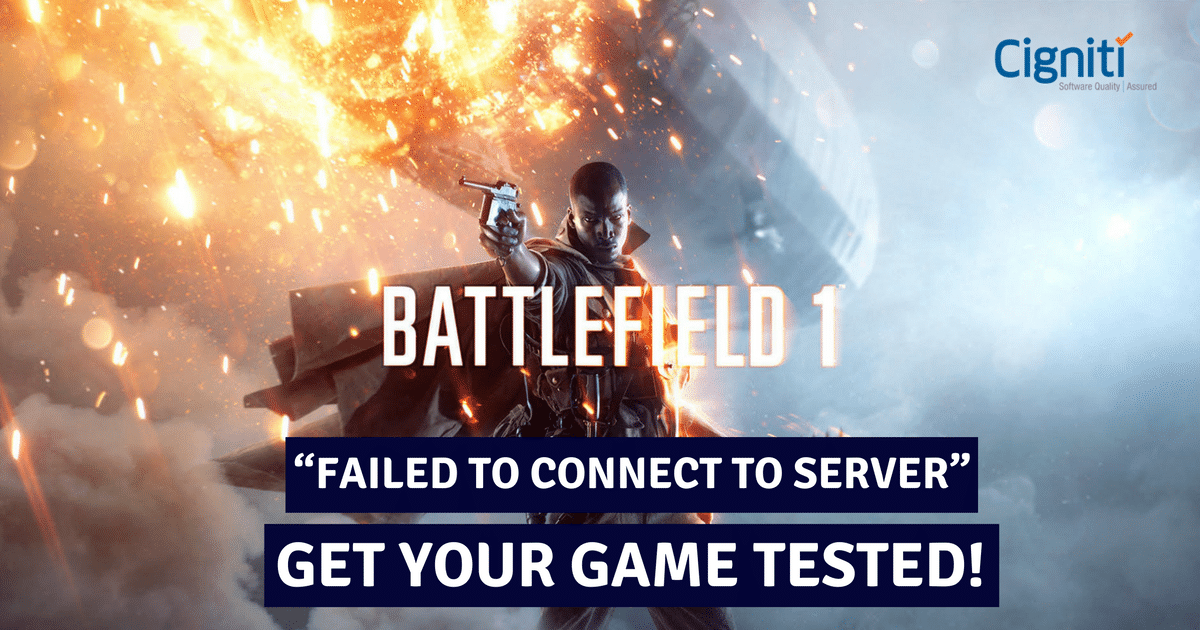Pokémon Go ‘Stresses’: Why is Performance Testing Crucial? Part 1
As per a recent article by Everest Group, Pokémon Go’s usage time is recorded to be even higher than that for applications like WhatsApp, Instagram, and Snapchat!
[Tweet “Pokémon Go’s usage time is recorded to be even higher than that for applications like WhatsApp, Instagram, and Snapchat! by @everestgroup”]
The Economist recently covered an article about how nerds are reigning across cyberspace as developers, with ever-more-clever virtual alliances. With booming e-commerce and marketplace aggregators helping the economy of developing countries grow, however, more population is finding way to not just a higher standard of lifestyle, but also a more intellectual one.
Today’s activity of a simple booking of a cab involves having knowledge about net banking, possession of a credit card, owning of a Smartphone and belonging to a community of users, so as to avail more offers from the application. If this is the scenario with the populace, one can only imagine what the average computer nerd is up to. Indeed, Charles Skyes got it right when he wrote, “Be nice to nerds. Chances are you may end up working for them”! Nerds have even proved that they know how to seriously have fun, by venturing deeper into gaming, all the while leveraging technology to do so.
Games of all kind – indoor, outdoor (sports), video, board, online, and mobile-phone application-based – are revered all around the world. Some players take games seriously; some take a sideline approach, while some more pursue their careers in a particular game of their choice. The bottom-line is everyone loves some format or the other of a game. Kids are asked to take part in games so as to interact better with one another and also so that they learn effortlessly as they continue to be immersed in the game. This tactic is also used in organizations so as to break the ice and encourage collaboration among cross-functional teams.
With the usage of more sophisticated technology, there is a new-found appreciation for the aspect of augmented-reality in gaming. More people have begun to take to the idea of being a real player in a virtual world. The latest obsession in this regard has of course been Pokémon Go. It is a clever game, where your mobile phone uses the GPS and the internet to hide a Pokémon in and around your physical vicinity.
The application has many features that demand accuracy and encourage a person to use their resources wisely. When a Pokémon is located, for example, a Poké Ball has to be accurately flung in order to capture the Pokémon. Another attribute of the game is how it almost feels like a treasure hunt, with virtual characters hiding all around the player. While some have been lucky to locate a Pokémon in their own house or quite nearby, some others have traveled on foot, on an average up to 4 kilometers, in order to locate a Pokémon.
This application stands testament (at least so far) to how well things can go if the right kind of tools, and knowledge about how to use them, are held firmly in place. Even before the game was released, it was widely anticipated. Be it Niantic Labs, The Pokémon Company, Nintendo, technology developing and testing organizations, android phones, digital stores, e-commerce companies, advertising companies, bloggers or YouTubers, several businesses are profiting from the success of the product. Sophisticated, affordable and user-friendly technology is what makes today’s globalized world go round.
The article by Everest Group insists that the only way to ensure a quality product, and also ensure that it keeps running even after being released for the public, is to perform continuous testing. In all probability, the success may also be attributed to a robust performance testing in place.
[Tweet “only way to ensure a quality product, and also ensure that it keeps running even after being released for the public”]
Why Performance Testing and Rather Performance Engineering:
Performance testing focuses on establishing a benchmark for the behavioral pattern of a particular system. Rather than finding defects, the objective of performance testing is to set a standard for the application. Perhaps because performance testing comes under this notion, many businesses ignore the importance of setting aside time to work solely on performance of their product. They habitually jump into action only after a phenomenal ‘fail’ occurs; often involving disappointment from end-users, the actual intended customers.
The technology industry now speaks of Performance Engineering, another concept Cigniti takes pride in strongly adapting and adhering to. Performance engineering is responsible in taking quality engineering a step further. Performance engineering can be said to be hand-in-glove with the concept of Shift Left Engineering Approach. Our partnerships with clients that support performance engineering help us further automate our testing processes.
Apart from validating the points at which the application can, and has, crashed, the ability to predict and prescribe points at which the application under test can potentially crash, is the most intricate aspect of Predictive performance engineering.
Today’s computing paradigms call for these approaches. At Cigniti, we specialize in helping enterprises and independent software vendors leverage this experience. Our performance engineering labs help us ensure clients stay ahead in the curve with robust and reliable applications that can delight end customers.
Cigniti Technologies is delighted to host the Leadership in Quality Engineering (LiQE) 2016, where you can further learn about how Social, Cloud, IoT, Mobility and Analytics (SCIMA) are driving the businesses, thereby enabling software testing trends such as performance testing, to empower the future. To register for this event, please proceed to https://www.cigniti.com/liqe/.
Load testing and stress testing, often referred to as “testing cousins”, are sub-categories of performance testing. Load testing determines how much load results in smooth performance and what defects are likely to arise due to an overload. Stress testing is done by purposefully subjecting the product to negative and extremely intense scenarios, so as to help programmers and testers arrive at quicker solutions, in case of scenario failures.
Despite its popularity, Pokémon Go has also faced criticism for several technical glitches. In the age of mobile applications, performance testing becomes crucial, because the number of transactions per application per user increase tenfold. Whether the transaction occurs while downloading the application, installing it, registering onto it or actually using it, the sheer volume of users impacts the functionality heavily. If the application is not subjected to the right amount of performance testing prior to its release, it would not stand a chance in quickly rectifying its issues and keep the business soaring.
Conclusion:
Cigniti takes pride in reassuring that one of its core service offerings is Performance Testing. We ensure that these services are incorporated early in the software development lifecycle. We also have Performance Testing Center of Excellence, a dedicated performance testing platform. Some of the noteworthy tools Cigniti works with are WebLoad, jMeter, OpenSTA, Grinder, Silk Performer, Load Runner, and Rational Performance Tester.
Cigniti’s Performance Engineering encapsulates the following concepts with its capabilities:
- Architecture Analysis
- Application Benchmarking
- Dynamic Profiling
- Capacity Planning
- Production Readiness Assessment
Contact us for further details about our other services.
Everest Group, in its PEAK Matrix has identified Cigniti as a Star Performer and once again as a Major Contender and has also awarded it with a ‘Best in Class’ rating for Buyer Satisfaction in the Service Provider Assessment. Click for more: https://www.cigniti.com/analyst-commentary-by-Everest.
Gartner’s Magic Quadrant positioned Cigniti Technologies as a “Challenger” for worldwide Application Testing Services. Read more at https://www.cigniti.com/analyst-commentary-by-Gartner.





Leave a Reply